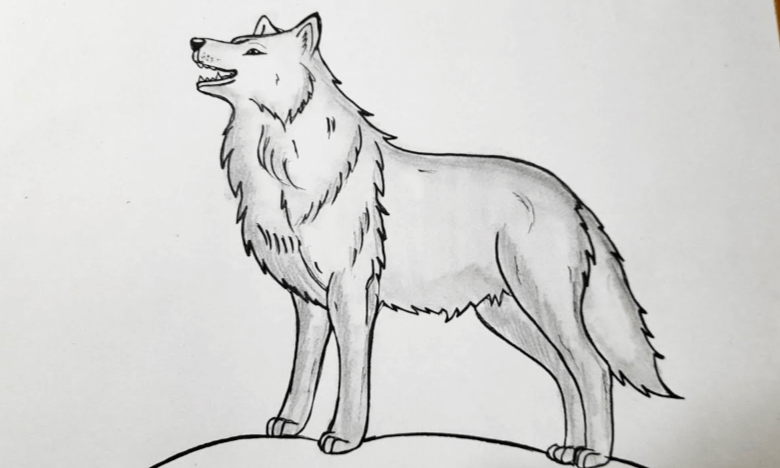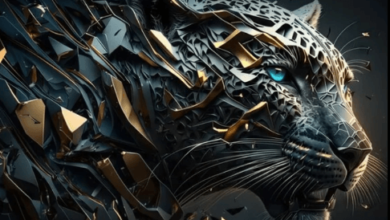Baby:0s7d_Lsbdi4= Wolf Drawing Easy

The guide “Baby:0s7d_Lsbdi4= Wolf Drawing Easy” presents a structured approach for aspiring artists to explore wolf representation through simplified techniques. By focusing on foundational shapes and gradually introducing intricate details, this methodology not only cultivates artistic proficiency but also invites a deeper understanding of wolf anatomy and their unique characteristics. As one navigates through the stages of this artistic journey, the interplay of form and texture becomes increasingly significant. What remains to be uncovered are the nuances that transform a basic sketch into a compelling portrayal of these enigmatic creatures.
Read Also Baby:0ccm75x4gk0= Dumbo Octopus
Understanding Wolf Anatomy
To fully grasp the intricacies of wolf anatomy, one must delve into the fundamental structures that define these majestic creatures.
The wolf body structure showcases a powerful physique, complemented by elongated limbs and a strong, muscular build.
Notably, the skull features sharp, pronounced canines and a broad cranium, enabling superior strength and sensory perception, crucial for survival in their untamed habitats.
Basic Drawing Techniques
Creating a captivating wolf drawing begins with mastering basic drawing techniques that lay the foundation for your artistic expression.
Start with sketching basics, using simple shapes to outline the wolf’s form. Employ varied line techniques—bold strokes for strength and delicate lines for grace—to evoke movement and emotion.
This harmony of form and line invites your creativity to flourish, setting the stage for truly stunning artwork.
Adding Details and Texture
With a strong foundation established, the next step in your wolf drawing journey involves intricately adding details and texture that breathe life into your artwork.
Focus on fur patterns, using varied strokes to mimic the natural flow and direction of the hair.
Employ shading techniques to create depth, emphasizing the contours of the wolf’s body and enhancing the visual richness of your piece.
Color Techniques for Wolves
Color techniques play a pivotal role in bringing a wolf drawing to life, enhancing its realism and emotional impact.
Utilizing color symbolism, artists can evoke feelings of strength or mystery, while diverse fur patterns add depth and individuality.
Shades of gray, white, and brown can reflect the wolf’s environment, inviting viewers to connect with the creature’s wild spirit and untamed freedom.
Conclusion
In conclusion, mastering the Baby:0s7d_Lsbdi4= Wolf Drawing Easy combines an understanding of anatomy with foundational techniques and detailed texturing. This approach not only cultivates artistic skills but also deepens appreciation for the wolf’s elegance and strength. Could there be a more compelling subject for an artist than the majestic wolf, embodying both grace and power? Embracing these methods ultimately transforms a simple sketch into a striking representation of nature’s beauty, inviting deeper exploration of this magnificent creature.





